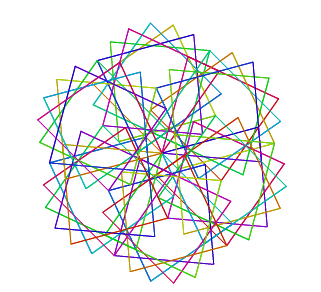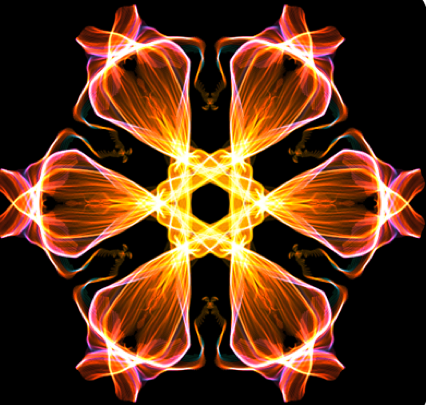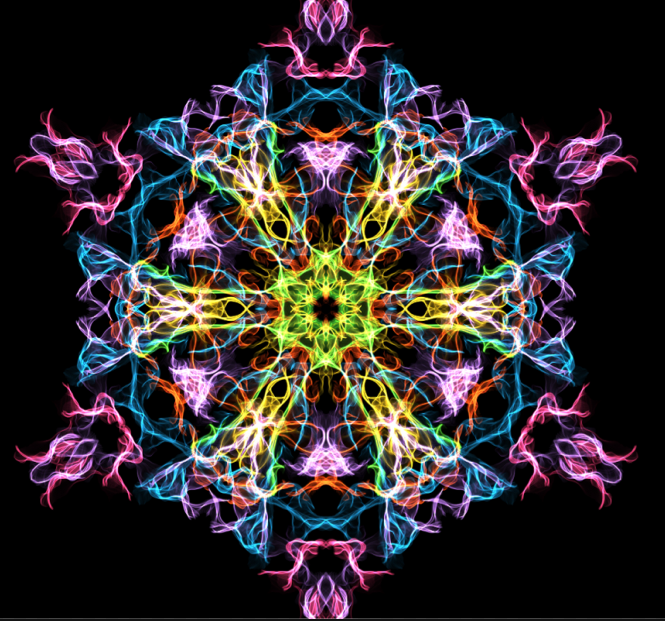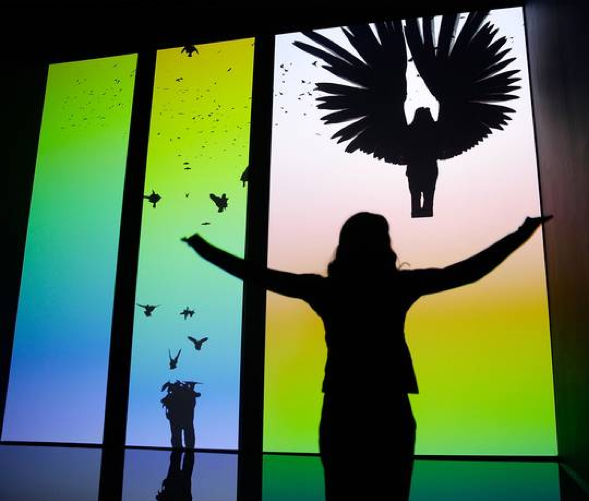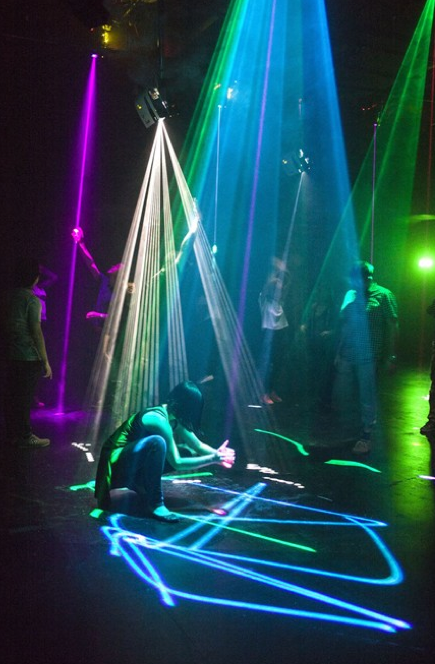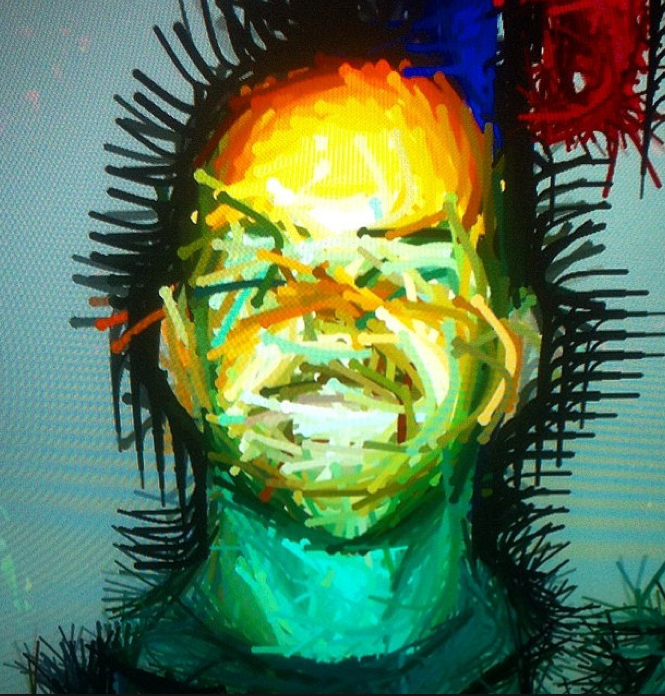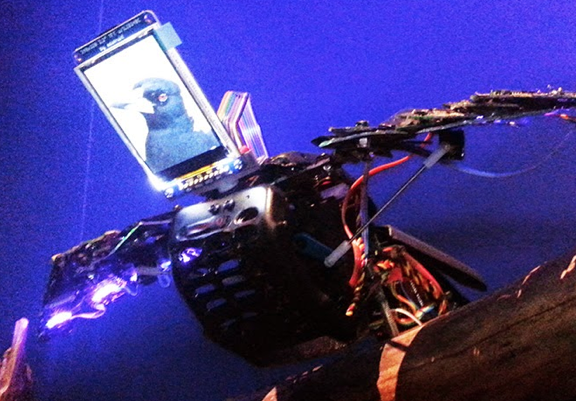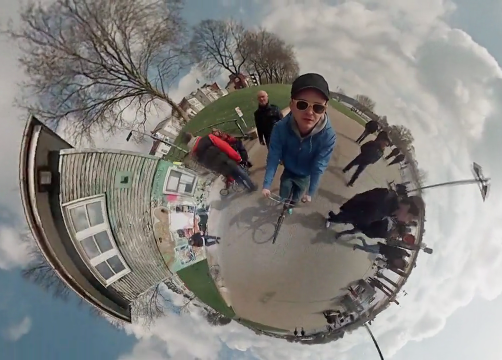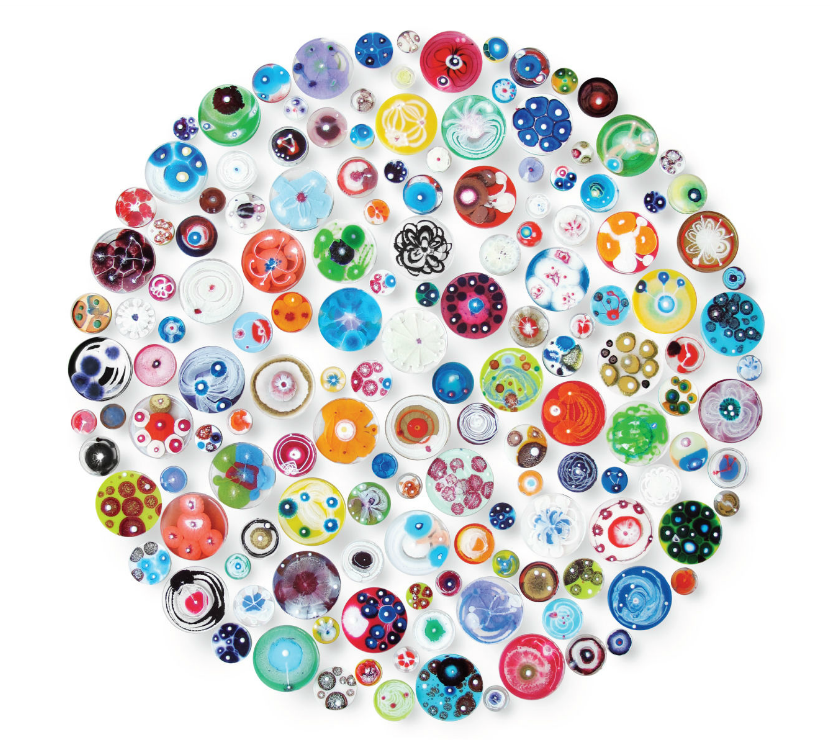To read about what we did in the June #ForestFlight meeting click here.
To read about what we did in the March meeting (creating immersive sensory experiences) click here
To read about what we did in the January meeting (analogue and digital modelling) click here.
To read about what we did in the November (computing and art) meeting click https://mypad.northampton.ac.uk/inspire/category/online-art-tools/
To read about what we did in the October (spheres and circles) meeting click here.
Join our Google Community (sign into Google + and you’ll have the option to join): https://plus.google.com/u/0/communities/116085017840955911437
Subscribe to this blog by going to the main page and entering your email address in the box on the right. You will get a notification by email every time there is a new post.
Theme: Computing and Art
We will look at how we can use the visual programming language Scratch to create interactive art. Even if you have no prior programming experience, we hope you will find this accessible and interesting. One of the key approaches to computing is to remix and reuse, rather than always start from scratch, so to speak, and so there is much to be gained from modifying existing computing projects.
Helen has a collection of coding and art Scratch projects to explore:
 http://www.pinterest.com/helencaldwel/coding-art/
http://www.pinterest.com/helencaldwel/coding-art/
We will also look at resources from Barefoot Computing on drawing crystal flowers and think about how these might link with analysing Rangoli, Islamic or Celtic patterns, as well as with aspects of the maths curriculum.
Find some ideas to explore here.
Other webtools which could be used alongside this theme include the online image generator Mutapic and the interactive art tools Weavesilk and Beautiful Curves:

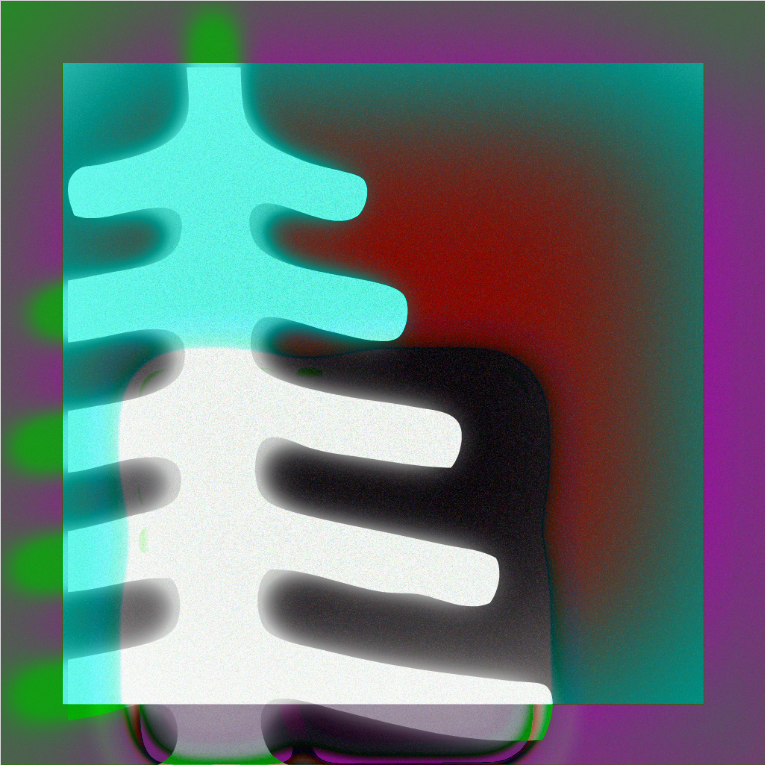 http://www.mutapic.com/Mutapic_01.swf
http://www.mutapic.com/Mutapic_01.swf
 http://tholman.com/beautiful-curves/
http://tholman.com/beautiful-curves/
Alongside these we will look at some of the amazing projects uniting digital technology and the arts that were featured in the recent Digital Revolution Exhibition at the Barbican, and think about how some of these might inspire ideas for the primary classroom.
____________________________________________________________
What happened at the meeting on Wednesday 22nd October?
Circles and Spheres
We used used the starting point of ‘circles and spheres’ to explore practical making through art, sharing useful links and apps as well as considering curriculum planning around this theme that relates to SteAm subjects.
Firstly Helen Caldwell introduced the new Google Community for the group – if you have a gmail address you can join and contribute or if not, you can still have a look at this link
We used the Campaign for Drawing ‘The Big Draw‘ theme for this year – It’s Our World. Rebecca Heaton demonstrated how mark-making, drawing and collage could be combined to create an imaginary skyline and we all worked on this theme to begin with.
After this each participant took a photo of their artwork and we tried some different apps to manipulate the images. Jean Edwards introduced the app ‘Fragment’. This app allows you to open upshapes within the image and manipulate size, orientation and colours. You can see a brief guide to the main features here
Helen Caldwell introduced the app ‘Rollworld’. With this app a photo or image can be ‘rolled up’ in different ways making it seem three dimensional or ‘stereographic’. Sliders can be used to control the various effects or you can experiment randomly to see what happens to the image.
Tracey Sherwood brought along the digital microscope and we looked at images and ‘stuff’ close up – like peering into a hidden tiny world.
Towards the end of the meeting we shared a googledoc linking Science, Technology,Engineering, the Arts and Mathematics (steAm) to the primary National Curriculum and possible learning activities. Participants shared ideas and we added to the googledoc which can act as a shared resource for all to use. Have a look on the google community for a link to this and feel free to add any further circles and sphere ideas to it.
By the end of the meeting Rebecca and Tracey had created a collaborative installation using the drawings so that they made an imaginary town. This combination of making and manipulating images in real life’ and digitally provides many opportunities for creativity and learning!
We’ve added a ‘subscribe’ box to this blog so please subscribe so that you get a notification when new material is added. It is on the front page at the top right.
After the meeting I made this starter activity that could be fun to try:
Other ideas for you to follow up:
Have a look at these 360 landscapes made with the app Tiny Planets on the iPad Art Room blog:
And look at these lovely Petri dish spheres by Klari Reis:
More about Klari Reis here: A daily dish
You can use this Pinterest board to explore other images inspired by circles and spheres: www.pinterest.com/jeanneed70/circles

